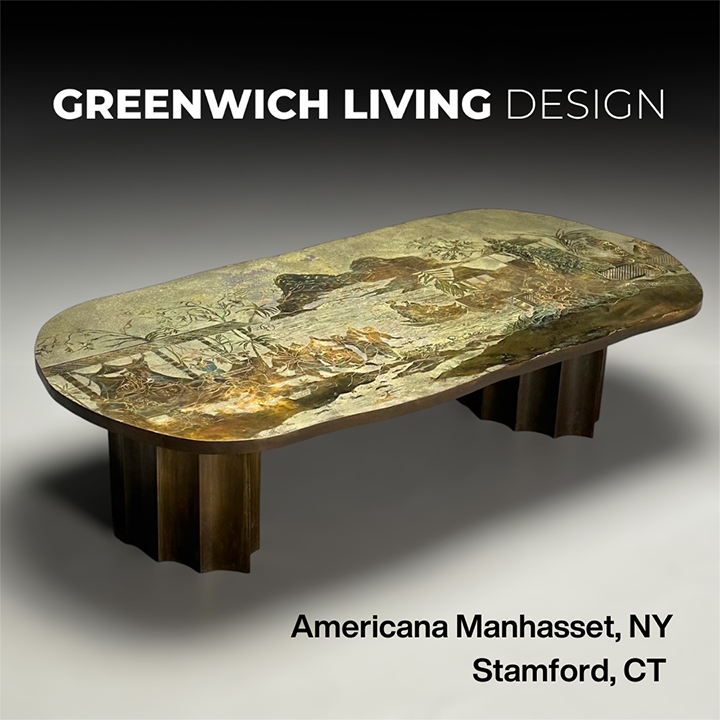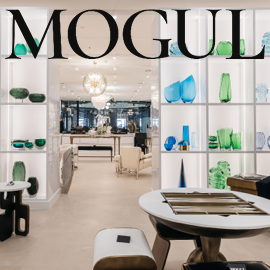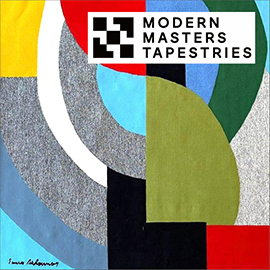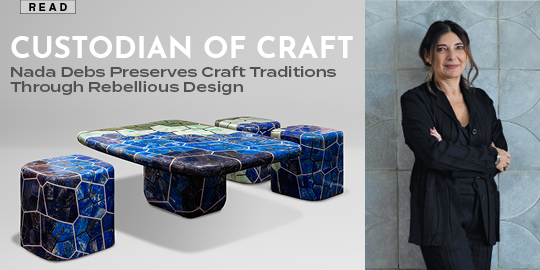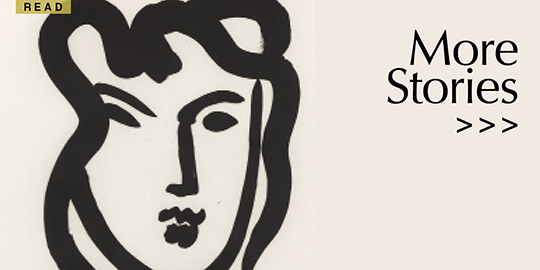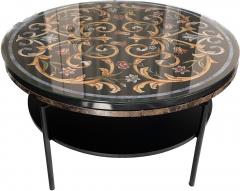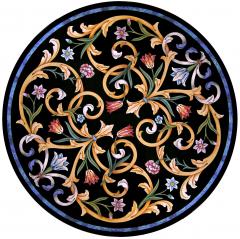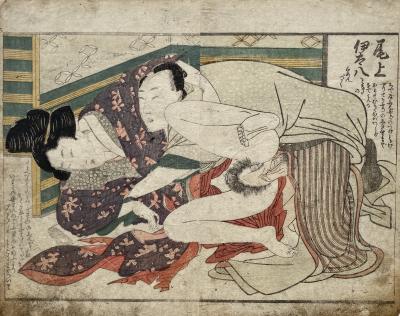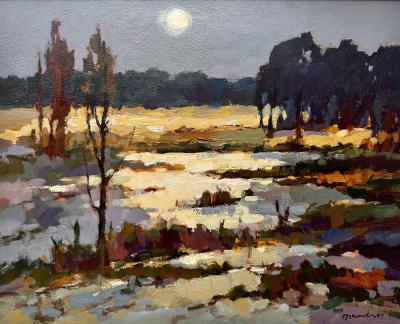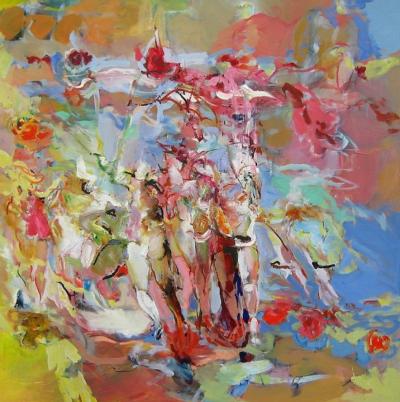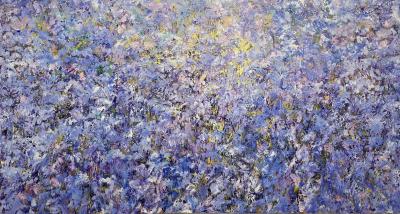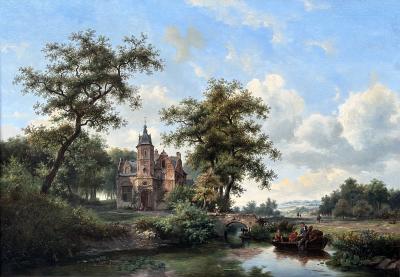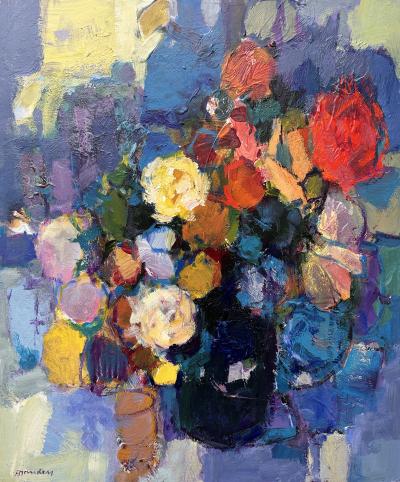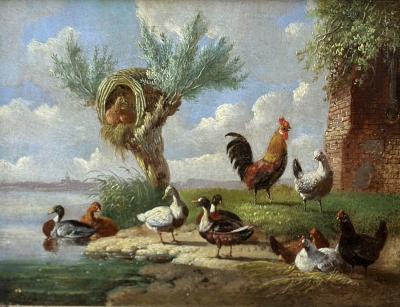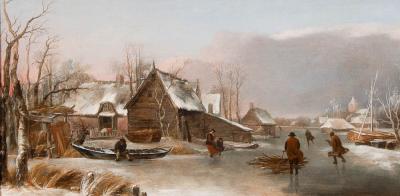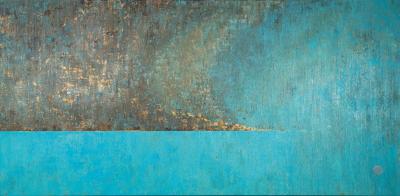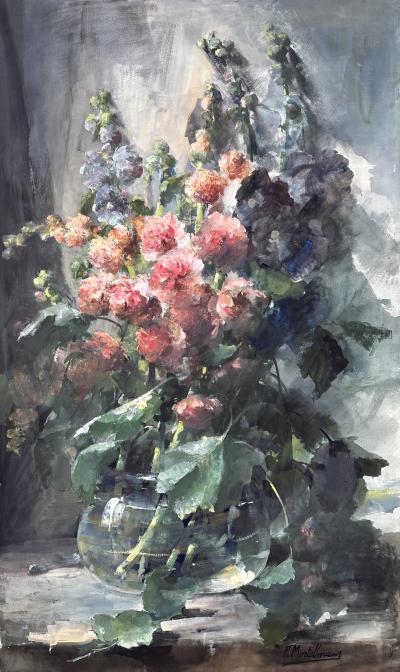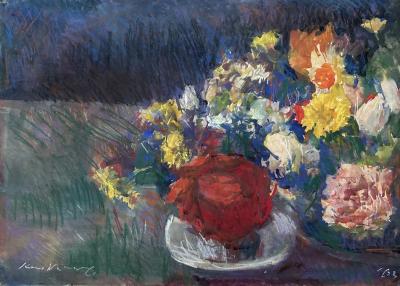Scagliola table top
-
Description
Scagliola on hardstone inspired by floral decorations of medieval patterns
The table top has a separate glass slab
Diameter 80 cm
Florence Italy, 2014,
Exceptional Craftsmanship
Making scagliola nowadays is the same technique craftsmen used centuries ago.
Materials and tools are basically the same, except for a few essential updates, such as sanding paper instead of plumice.
The term scagliola refers to a variety of gypsum found in nature in the form of lamina or chips. It's a particular inlay technique that uses the scagliola itself together with other materials such as colored pigments and natural glue mixed together.
Masterpieces
In the 16th Century, scagliola was mostly used to mimic marble veining and marquetry. Subsequently, the pliability of the mix was discovered as the eloborative technique.
In the 17th Century, scagliola became a true artistic expression itself. It demonstrated to be capable to figure a wider range of colors to build great impact Masterpieces.
Materials
Scagliola table tops can be produced in:
1. Hardstone, also called slate, which is more durable and light
2. Marble, slightly lighter in price, but more hard to work with.
The technique of scagliola in hardstone is somewhat less time consuming, as the material is less hard. To make scagliola in marble is therefore more time consuming.
As hardstone is more expensive than marble, but easier to work with, there's hardly any price difference.
Price difference of scagliola table tops is due to the complexity of the patterns of decorations. -
More Information
Origin: Italy Period: New Materials: Scagliola on hardstone inspired by floral decorations Condition: New. Excellent condition Creation Date: 2014 Styles / Movements: Contemporary, Traditional News references: Original 16th and 17th century scagliola can be found in several museums in Florence. The Opificio delle Pietre Dure Museum has an interesting collection of both Scagliola and Pietra Dura. Dealer Reference #: 23016 Incollect Reference #: 707093 -
Dimensions
Diam. 31.5 in; Diam. 80 cm;
Message from Seller:
Peter van Os Antiques & Fine Art in Oirschot offers a diverse collection of 17th-20th century paintings, modern art, and rare antiques. For expert appraisals and inquiries, contact Peter at antiques@petervanos.com or call +31653106541.




